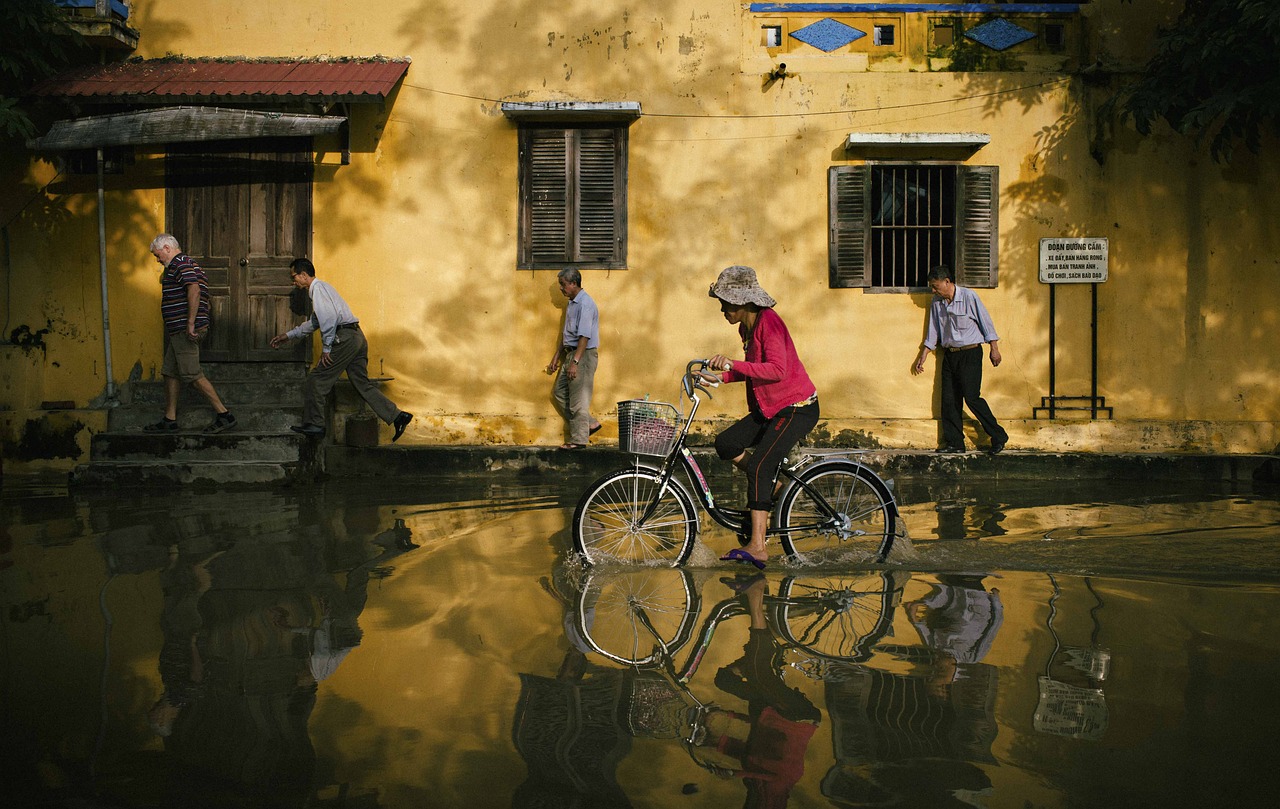
Felipe of Spain under attack crowd hurls mud during visit
Spain’s King Felipe faced protests from crowds during a visit to areas affected by recent floods, with some attendees even throwing mud at him, footage broadcast by Spanish television shows.

King Felipe VI visited the areas affected by the recent floods in Spain, accompanied by his wife Letizia and Prime Minister Pedro Sanchez. They were welcomed by the President of the Valencia Region, Carlos Mazon, but the visit was marked by moments of tension.
During his visit to Paiporta, one of the most affected centers, the monarch faced protests from the crowd. Many protesters shouted “murderers”, expressing their frustration. From the images broadcast, it is clear that the king was surrounded by people eager to speak to him, despite the presence of a security cordon.
“Pedro Sanchez where are you?”, the protesters shouted, while others attacked President Mazon demanding his resignation.
Mounted police forces were also mobilized to protect authorities in the chaos. The mission’s first stop was in Paiporta, followed by another in Chiva.
The death toll from the floods has reached 214 people, with 210 in Valencia, three in Castilla-La Mancha and one in Andalusia. In Valencia, rescue and clean-up operations are still ongoing, with weather warnings for severe thunderstorms.
An additional 5,000 troops were sent to the field today, bringing the total to 7,500 troops engaged in the search for the missing. 5,000 police and civil guard officers were also mobilized to support the operation.
“The priority is to find survivors and restore roads and infrastructure,” said the president of the Generalitat, Carlos Mazón.
With a yellow alert for torrential rains, a warning has been issued regarding food and drinking water security.
“Be careful with the water you drink and the food you eat because it could be contaminated,” warned the Health Department of the Valencian Region.
Infections with pathogens such as E. coli and Salmonella may increase in these critical situations. It is essential to pay attention to public health in the post-flood period, especially for vulnerable people such as the elderly and children.
Relief operations continue as authorities address both the immediate aftermath of the flood and the long-term health risks, providing support to affected populations.

Spain’s King Felipe faced protests from crowds during a visit to areas affected by recent floods, with some attendees even throwing mud at him, footage broadcast by Spanish television shows.

King Felipe VI visited the areas affected by the recent floods in Spain, accompanied by his wife Letizia and Prime Minister Pedro Sanchez.